Rising Demand in Ceramics
The Ball Clay Market is experiencing a notable increase in demand, particularly from the ceramics sector. This surge is attributed to the growing popularity of ceramic products in both residential and commercial applications. In 2025, the ceramics market is projected to reach a valuation of approximately 200 billion USD, with ball clay being a critical component in the production of high-quality ceramics. The unique properties of ball clay, such as its plasticity and ability to withstand high temperatures, make it indispensable for manufacturers. As the trend towards artisanal and handcrafted ceramics continues, the Ball Clay Market is likely to benefit from this heightened interest, suggesting a robust growth trajectory in the coming years.
Innovations in Product Development
Innovations in product development are significantly influencing the Ball Clay Market. Manufacturers are increasingly focusing on enhancing the quality and performance of ball clay through advanced processing techniques. For instance, the introduction of new refining methods has improved the purity and consistency of ball clay, making it more appealing to end-users. Additionally, the development of specialized ball clay grades tailored for specific applications, such as porcelain and stoneware, is gaining traction. This focus on innovation is likely to attract new customers and expand market share, suggesting a dynamic evolution within the Ball Clay Market.
Expansion in Construction Activities
The Ball Clay Market is poised for growth due to the expansion of construction activities worldwide. With urbanization on the rise, the demand for construction materials is escalating, leading to an increased use of ball clay in various applications, including tiles and bricks. In 2025, the construction sector is expected to grow at a compound annual growth rate of around 5%, further driving the need for quality raw materials. Ball clay's properties, such as its fine particle size and plasticity, make it an ideal choice for construction applications. This trend indicates a promising outlook for the Ball Clay Market, as it aligns with the broader construction industry's growth.
Diversification of End-Use Industries
The diversification of end-use industries is a key driver for the Ball Clay Market. Beyond ceramics and construction, ball clay is finding applications in sectors such as pharmaceuticals, cosmetics, and even electronics. This broadening of applications is indicative of the material's versatility and adaptability. For instance, in the pharmaceutical industry, ball clay is utilized as an excipient in drug formulations, while in cosmetics, it serves as a thickening agent. The expansion into these new markets is likely to provide additional revenue streams for the Ball Clay Market, suggesting a robust potential for growth.
Environmental Regulations and Sustainability
The Ball Clay Market is also being shaped by stringent environmental regulations and a growing emphasis on sustainability. As industries strive to reduce their environmental footprint, the demand for eco-friendly materials is increasing. Ball clay, being a natural product, aligns well with these sustainability initiatives. Furthermore, the implementation of regulations aimed at minimizing mining impacts is prompting manufacturers to adopt more sustainable practices. This shift not only enhances the marketability of ball clay but also positions the Ball Clay Market favorably in a landscape increasingly focused on environmental responsibility.


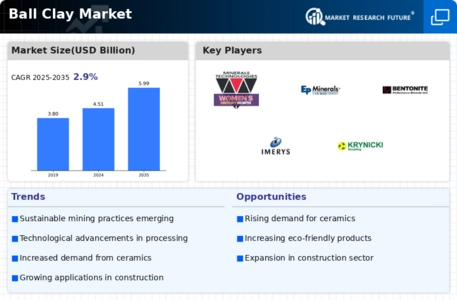
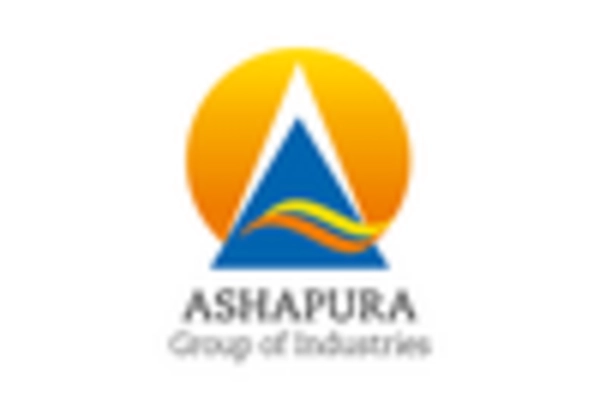
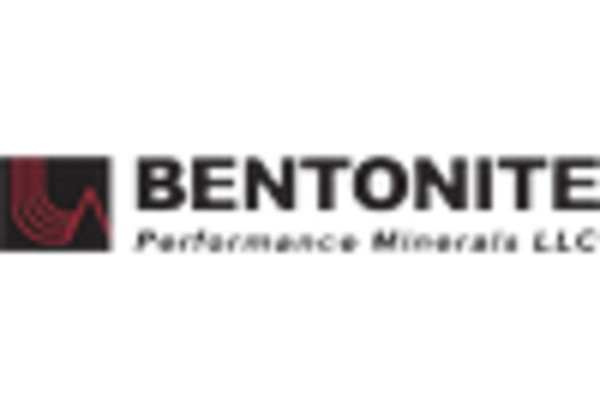
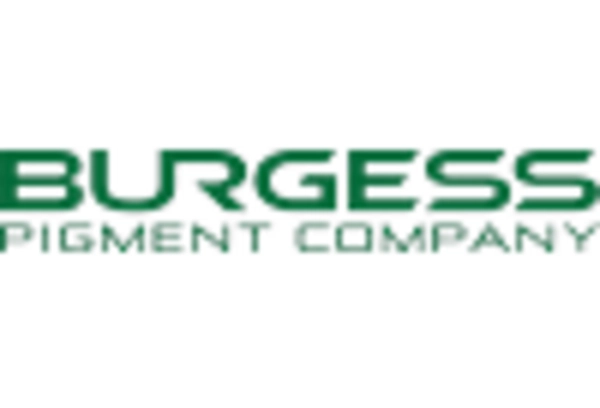
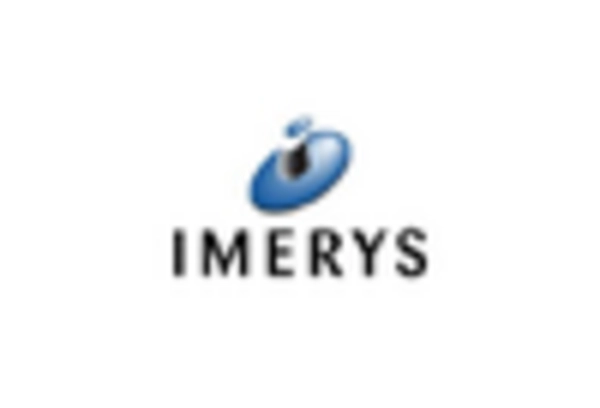
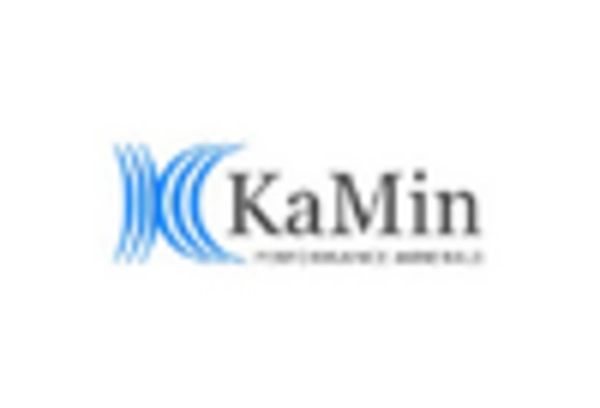
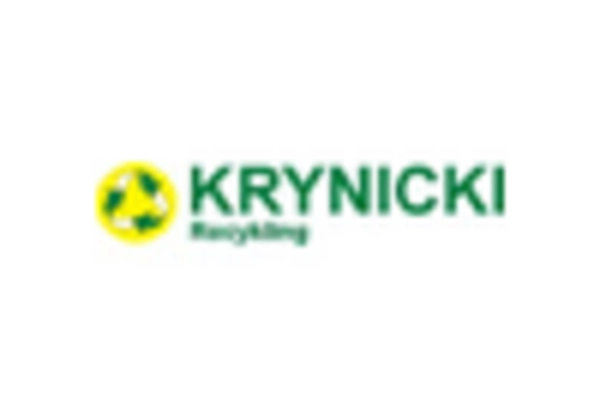








Leave a Comment